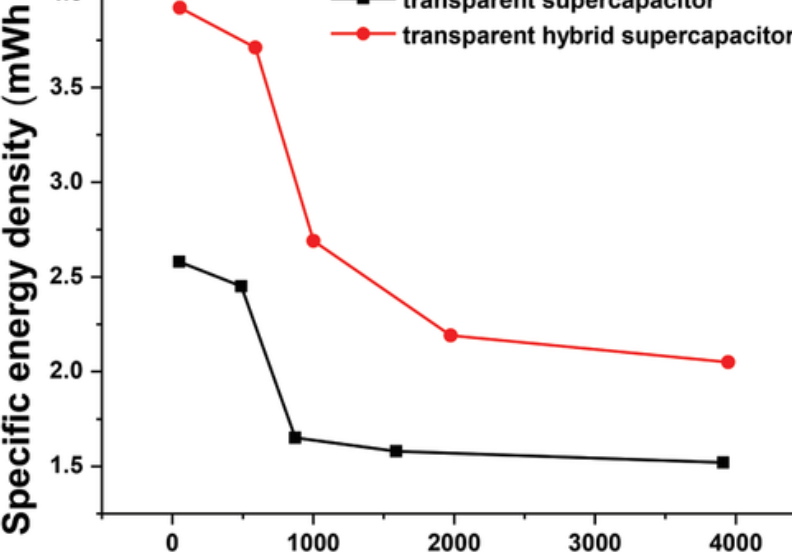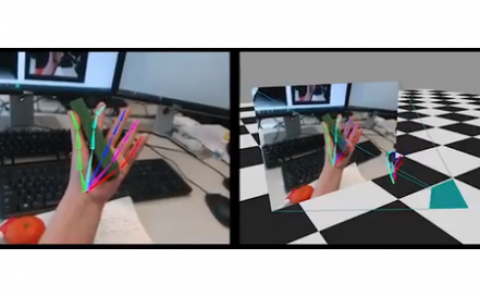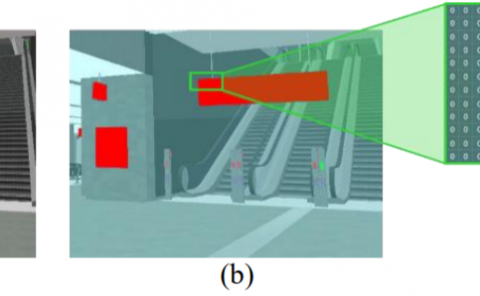A Micromolding Method for Transparent and Flexible Thin‐Film Supercapacitors and Hybrid Supercapacitors
PubDate: Sep 2020
Teams: ETH Zürich;Max Planck Institute of Colloids and Interfaces;Institute for Chemical and Bioengineering
Writers: Tian Liu Runyu Yan Haijian Huang Long Pan Xiaobao Cao Andrew deMello Markus Niederberger

Abstract
Thin‐film supercapacitors are promising candidates for energy storage in wearable electronics due to their mechanical flexibility, high power density, long cycling life, and fast‐charging capability. In addition to all of these features, device transparency would open up completely new opportunities in wearable devices, virtual reality or in heads‐up displays for vehicle navigation. Here a method is introduced for micromolding Ag/porous carbon and Ag/NixFeyOz@reduced graphene oxide (rGO) into grid‐like patterns on polyethylene terephthalate foils to produce transparent thin‐film supercapacitors and hybrid supercapacitors. The supercapacitor delivers a high areal capacitance of 226.8 µF cm−2 at a current density of 3 µA cm−2 and with a transparency of 70.6%. The cycling stability is preserved even after 1000 cycles under intense bending. A hybrid supercapacitor is additionally fabricated by integrating two electrodes of Ag/porous carbon and Ag/NixFeyOz@rGO. It offers an areal capacitance of 282.1 µF cm−2 at a current density of 3 µA cm−2, a transparency of 73.3% and the areal capacitance only decreases slightly under bending. This work indicates that micromolding of nano‐ and micro‐sized powders represents a powerful method for preparing regular electrode patterns, which are fundamental for the development of transparent energy storage devices.



